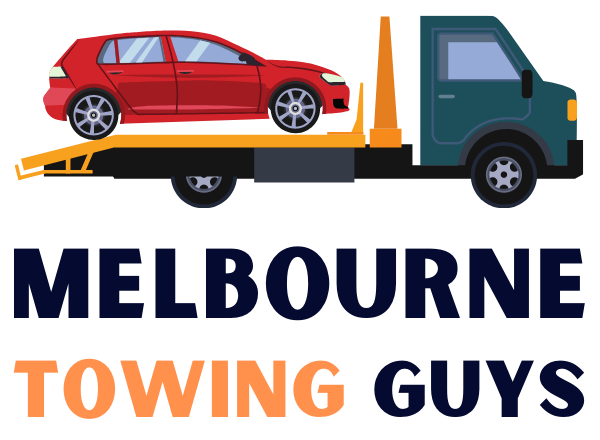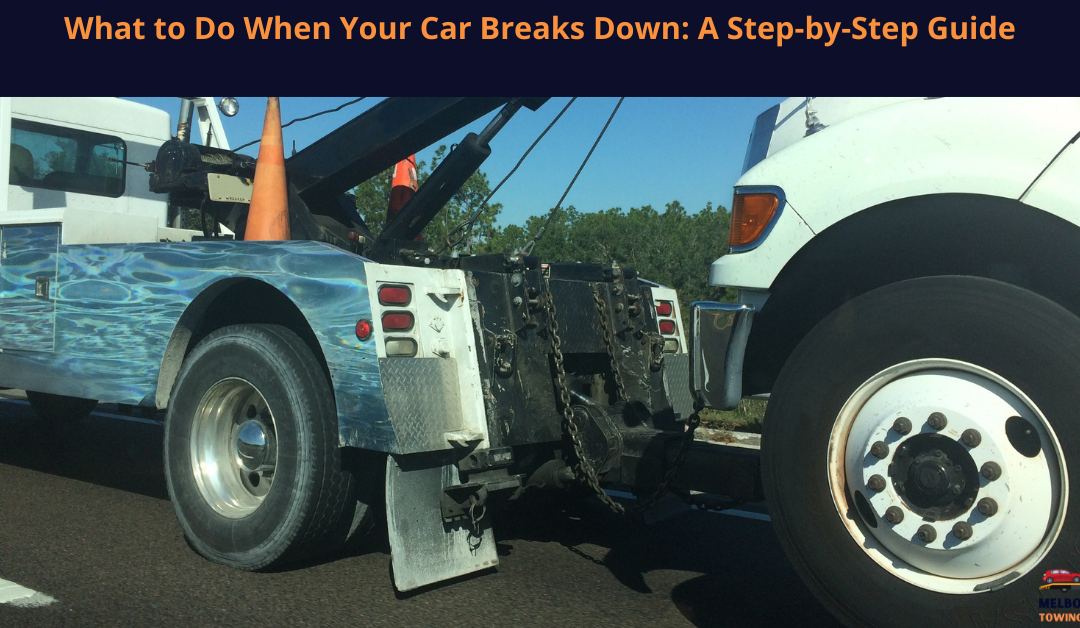Breaking down on the highway can be a nerve-wracking experience, especially with cars zooming by at high speeds. Knowing the right steps can help keep you safe, minimize stress, and get you back on the road faster. Here’s what to do when your car breaks down on the highway.
1. Stay Calm and Assess the Situation
It’s natural to feel a rush of panic when your car suddenly loses power or starts acting up. Take a deep breath, and focus on assessing what’s happening. Try to identify the problem, whether it’s a flat tire, engine issue, or overheating. Staying calm will help you think clearly and take the necessary steps.
2. Move to a Safe Location
If your car is still drivable, your first priority is to get out of active traffic lanes. Turn on your hazard lights to alert other drivers and carefully steer your car to the shoulder, an emergency lane, or even an exit if it’s close. Avoid stopping on curves, narrow shoulders, or near bridges where visibility is limited.
If You Can’t Move the Car
If your car won’t start or cannot be moved, turn on your hazard lights to warn other drivers. Stay in the vehicle with your seatbelt on, especially if the traffic is heavy or if you’re on a busy highway, until you’re sure it’s safe to exit.
3. Turn on Your Hazard Lights
Your hazard lights are crucial for alerting other drivers to your situation. These flashing lights will let drivers know that your car is experiencing issues, helping them to slow down and move over, if possible. The more visible you are, the safer you’ll be.
4. Set Up Roadside Safety Gear
If you have emergency items such as reflective triangles or flares in your car, use them to create a visible barrier around your vehicle. Place them about 50-100 feet behind your car to give oncoming traffic more time to see you. These items can be especially useful at night or in poor weather conditions when visibility is low.
5. Stay Inside Your Vehicle, If Possible
It’s often safest to remain inside your car with your seatbelt fastened. Highways are dangerous places for pedestrians, and stepping out can increase the risk of an accident. Only exit the car if you’re sure it’s safe or if you need to place warning signs. If you must leave the vehicle, exit on the side away from traffic and stay as far from moving vehicles as possible.
6. Call for Help
Once you’re in a safe location and have made yourself visible to other drivers, it’s time to call for assistance. There are a few options depending on your needs and situation:
Roadside Assistance Services: If you have a roadside assistance plan, such as AAA or through your insurance company, call them to dispatch help. Most roadside assistance services can help with common problems like flat tires, battery issues, and minor mechanical problems.
Local Towing Service: If you’re not a member of a roadside program, contact a local towing company to move your car to a nearby mechanic or a safe location.
Emergency Services: In more serious situations where safety is at risk, call emergency services. For example, if your car is in a precarious position or causing a traffic hazard, police assistance may be necessary.
Having your car’s location, make, model, and problem ready can speed up the response.
7. Keep Your Phone Charged and Accessible
Your phone is your lifeline in emergencies. Make sure it’s easily accessible and has sufficient charge. A portable charger is handy for ensuring your phone is usable when you need it most, especially if you’re waiting for help or making calls to update family members or work.
8. Alert Family or Friends
If you’re stuck for an extended time or waiting for a tow truck, let someone know about your situation. Provide details like your location, the problem with your car, and how long you expect to be delayed. This step is especially important if you’re alone or in an unfamiliar area.
9. Take Precautions Against Other Vehicles
To further protect yourself, consider taking these steps to make sure other drivers avoid your car:
Keep the Hood Open: Opening the hood signals that your car is disabled. It’s a universally recognized sign that your car is experiencing trouble, and it increases visibility.
Stay Behind Guardrails: If you have to exit the vehicle and are near a guardrail or concrete barrier, stand behind it rather than directly next to your car. This provides a layer of protection in case another vehicle veers off the road.
10. Prepare for Possible Repairs
While waiting for help, take stock of your car’s condition. If you know how to perform minor fixes, such as changing a flat tire or checking fluid levels, you might be able to resolve the issue yourself if it’s safe to do so. Always exercise caution when working near traffic and ensure you have the necessary tools and supplies.
11. Have an Emergency Kit Ready
An emergency kit can make a big difference when you’re stranded. Some items that can be invaluable include:
Flashlight: Helpful for visibility at night or to inspect the car in low light.
First-Aid Kit: In case of any minor injuries while handling a repair or due to an accident.
Jumper Cables: If your battery is the issue, jumper cables might get you back on the road with the help of a fellow driver.
Blanket and Warm Clothing: If it’s cold or nighttime, staying warm is essential, especially if help will take a while to arrive.
Non-Perishable Snacks and Water: Keeping hydrated and energized can be helpful, especially if you’re stuck in a remote area.
Having these essentials in your car can give you peace of mind and provide a degree of comfort while you wait.
12. Follow Up with a Mechanic
Once your car is safely off the highway, have it checked by a professional mechanic as soon as possible. Even if you were able to resolve the immediate issue, a thorough inspection can identify any underlying problems. This is crucial for your future safety and helps prevent another breakdown.
Final Thoughts
Breaking down on the highway can be challenging, but knowing what to do can make the situation safer and less stressful. By staying calm, moving to a safe area, and following these steps, you can handle a highway breakdown effectively and get the help you need. Remember, preparation is key; keep your emergency kit stocked, maintain your vehicle regularly, and always prioritize safety first.
If you are in Glen Waverley, Victoria 3150, Australia and looking for a tow truck service or roadside assistance service, this is the best way to visit us.
Melbourne Towing Guys
12 Esperance Rd
Mount Waverley VIC 3149
(03) 7037 7636


Recent Comments